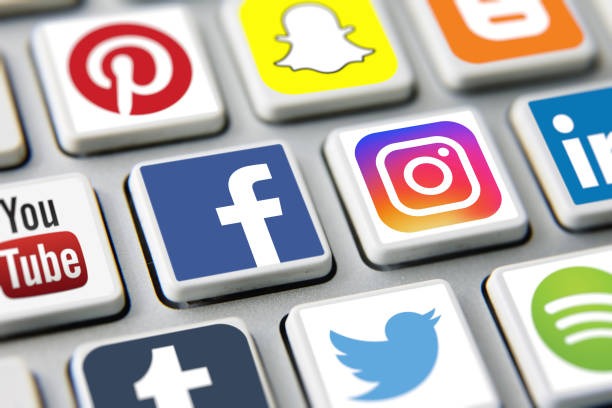In the ever-evolving landscape of social media, Instagram has emerged as a platform where visual content reigns supreme. Among the myriad forms of content that flood our feeds daily, one format consistently outshines others in terms of engagement: relatable memes. These seemingly simple images or videos paired with witty captions have become a cultural phenomenon, often outperforming other types of posts when it comes to like ratios. But what makes relatable memes so effective on Instagram?
At their core, memes are designed to evoke a sense of shared experience. They tap into universal emotions and situations that resonate deeply with audiences across demographics. Whether it’s the frustration of slow Wi-Fi, the joy of payday, or the awkwardness of small talk at social gatherings, these scenarios are instantly recognizable. This relatability fosters an immediate connection between the content and its viewers, prompting them not only to like but also to share and comment.
Another reason behind their success lies in their brevity and simplicity. In an age where attention spans are shrinking rapidly—studies suggest they average just eight seconds—memes deliver quick bursts of humor or insight without requiring significant cognitive effort from users. Unlike lengthy captions or intricate photo series that demand more time smm panel followers investment, memes communicate their message almost instantaneously.
The algorithmic nature of Instagram further amplifies this effect. The platform prioritizes engagement metrics such as likes, shares, comments, and saves when determining which posts appear on users’ feeds or Explore pages. Relatable memes naturally drive higher interaction rates because people feel compelled to tag friends who might relate to them too—a behavior unique to this type of content.
Moreover, there’s an emotional comfort in recognizing oneself within a meme’s narrative framework; it reinforces a sense that we’re not alone in our experiences or feelings. This communal aspect is particularly powerful among younger generations like Millennials and Gen Zers who value authenticity and inclusivity online.
Finally, creating relatable memes requires keen observational skills but relatively low production costs compared to polished photoshoots or professional video edits. This accessibility allows smaller creators or niche accounts to compete effectively with larger influencers for audience attention.
In conclusion, relatable memes excel on Instagram due to their ability to forge instant connections through shared experiences while catering perfectly to modern consumption habits shaped by short attention spans and algorithm-driven visibility dynamics. Their unparalleled blend of humor and universality ensures they remain a dominant force in digital culture today.



